Anatomy
of a
Web Map
Most basic principles
of web mapping, with some history and gifs sprinkled in
Let us begin...
But first, let's thank
Why Anatomy?

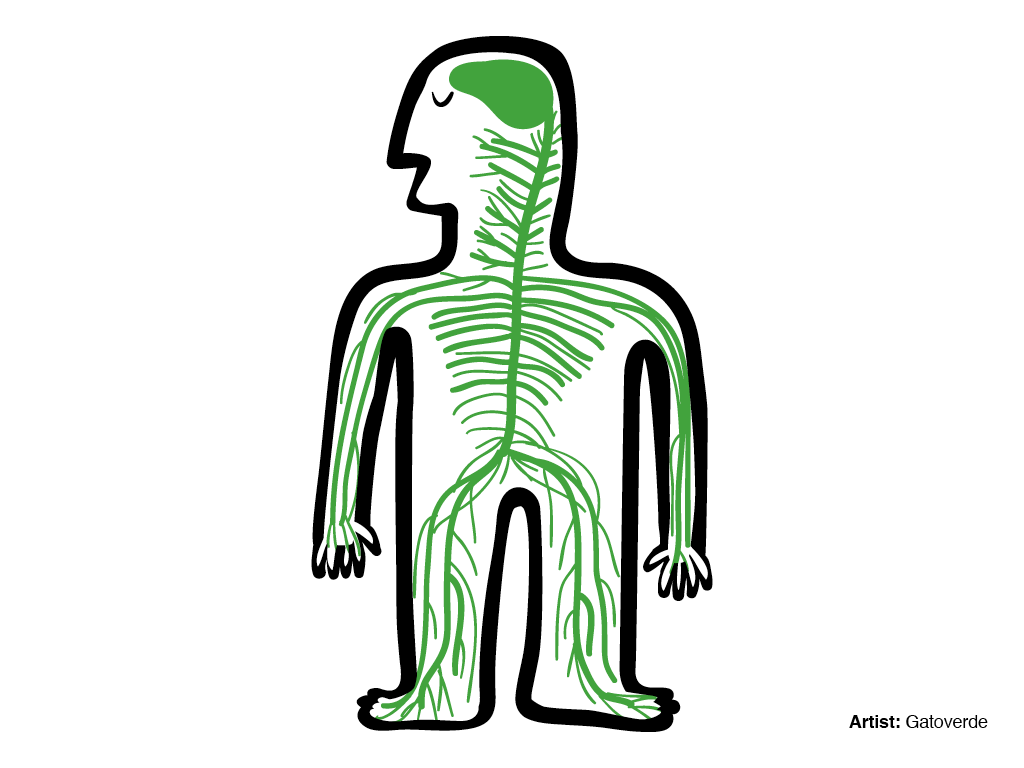


Both bodies and web maps are comprised of systems that interact and intertwine
Fundamental Building Blocks
Cells
= Data
Digestive,
Circulatory & Nervous Systems
=
Styles, Tiles & Servers
What is a web map?
Not just on the web, but powered by the web
How do web maps differ from digital maps?
Digital:
Involves a computer- a web map is a kind of digital map
Internet is key
Web maps are viewed in a browser
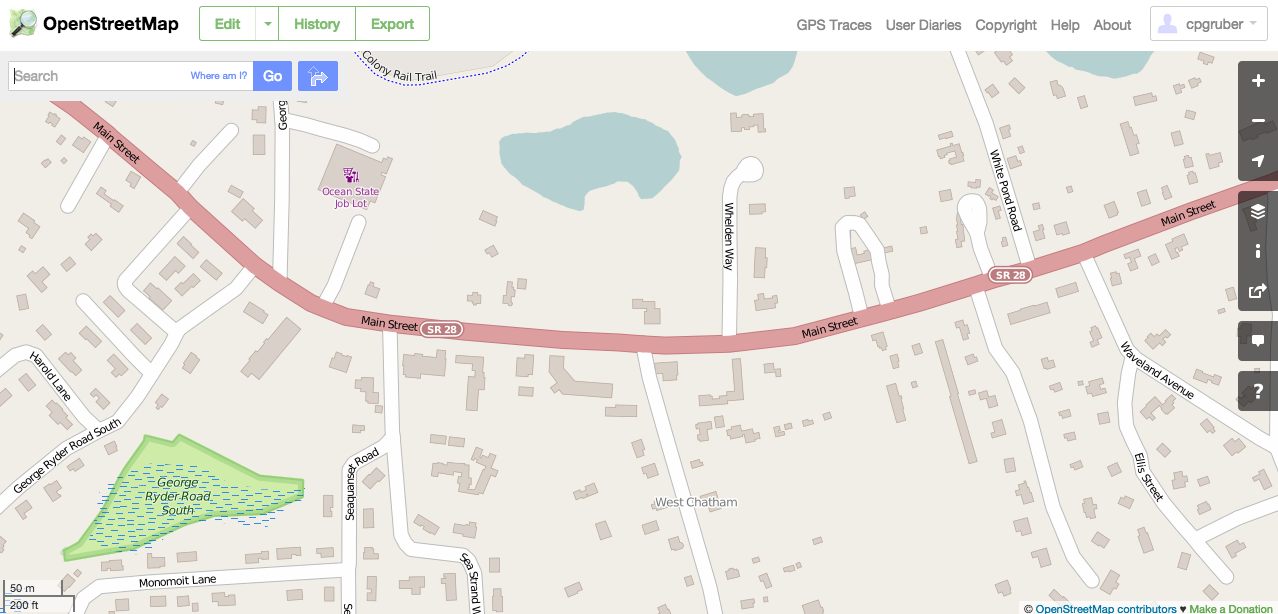

History:
How did we get here?
First, there were digital maps. Like those made in ArcGIS
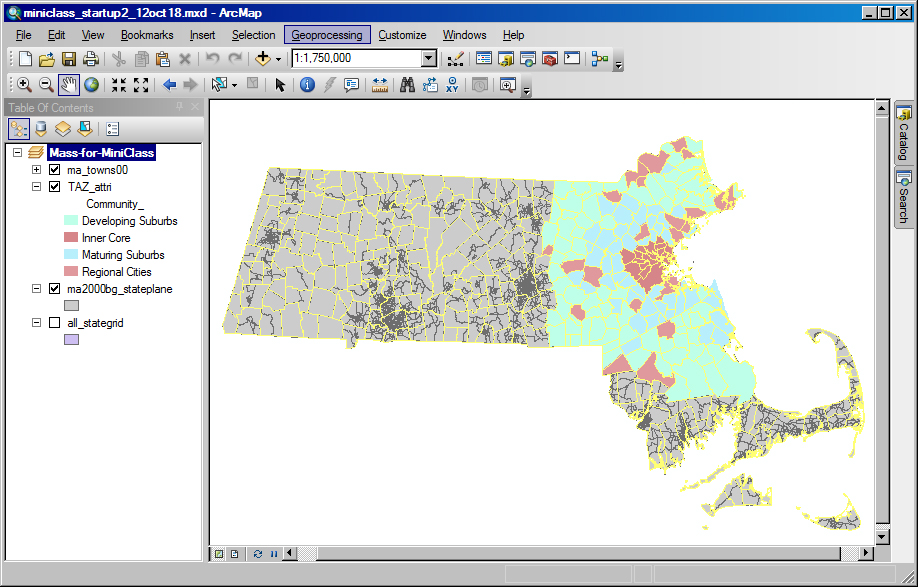
Good for desktop GIS
Not user friendly for web-based viewing
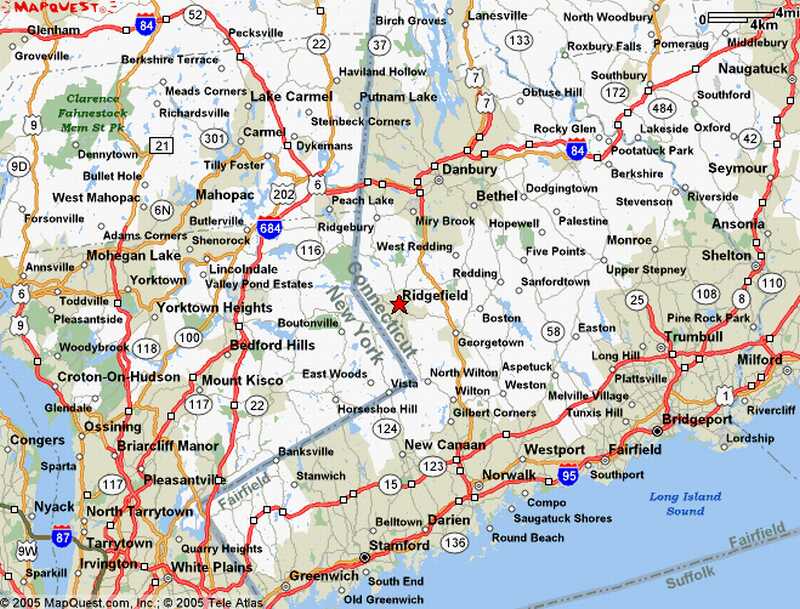
1996
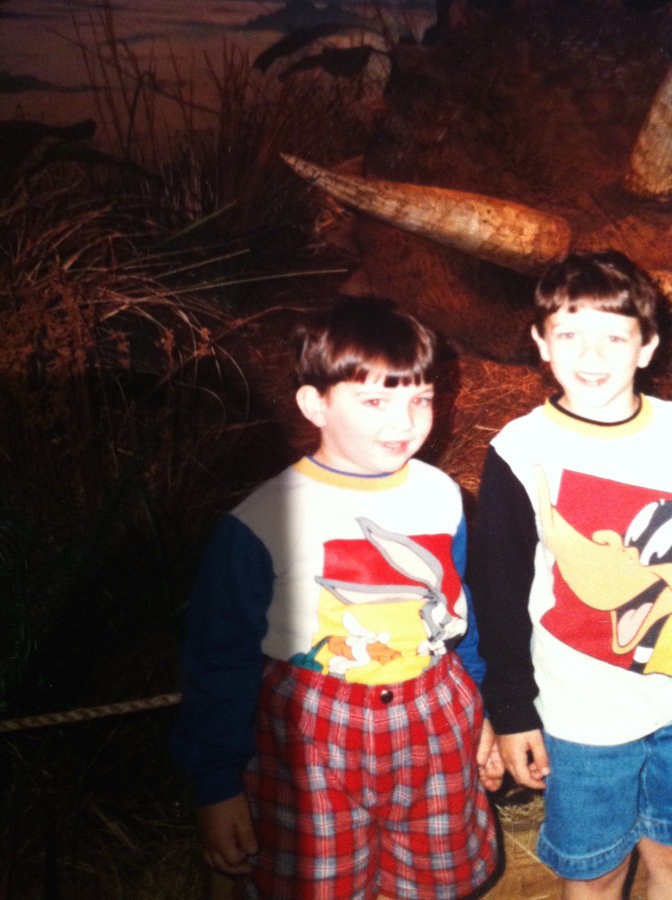
Directions on the web?
PARTY!
MapQuest:
Earth-shattering, online directions engine
BUT
Slow to load, required full page refresh to scroll or zoom, and was always aligned to tile boundaries
2005:
Enter Google Maps
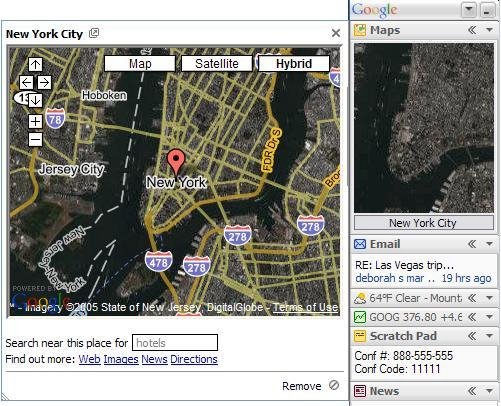
What's so great about google maps?
The TILE
All tiles are the same size (256 x 256 px)
and share
the same
boundaries
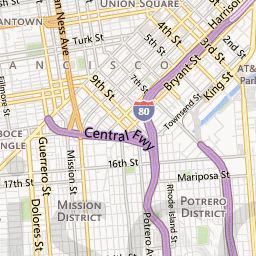
Tiles can be a road map,
satellite image,
or anything else

Individual tiles load faster than a huge, single image
Web maps like this load the tiles that are on your screen. If the map is “smart,” it will pre-load tiles outside of the screen, along the top, bottom, left, and right.
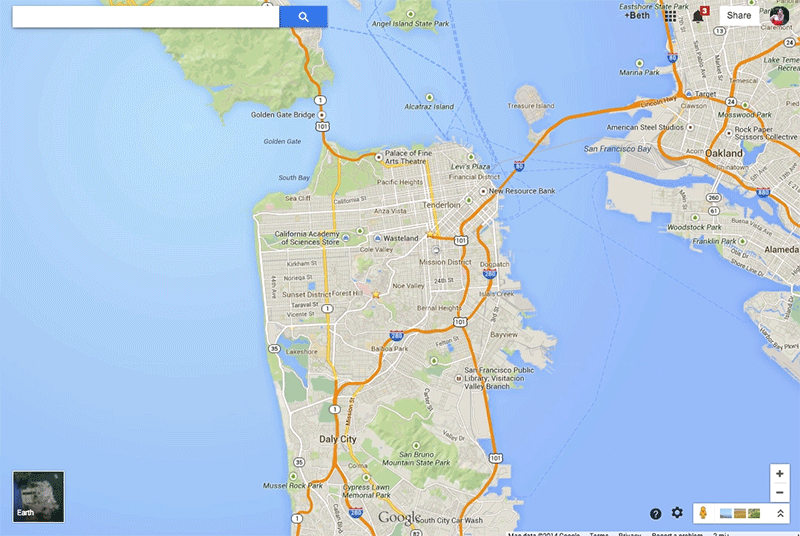
These are referred to as
Slippy
maps
MapQuest (1996)
Google Maps (2005)
Each zoom level has a set of tiles



0
4
6

12

16
With each zoom level
the number
of tiles
Increases
Exponentially
Usually 20ish
zoom levels
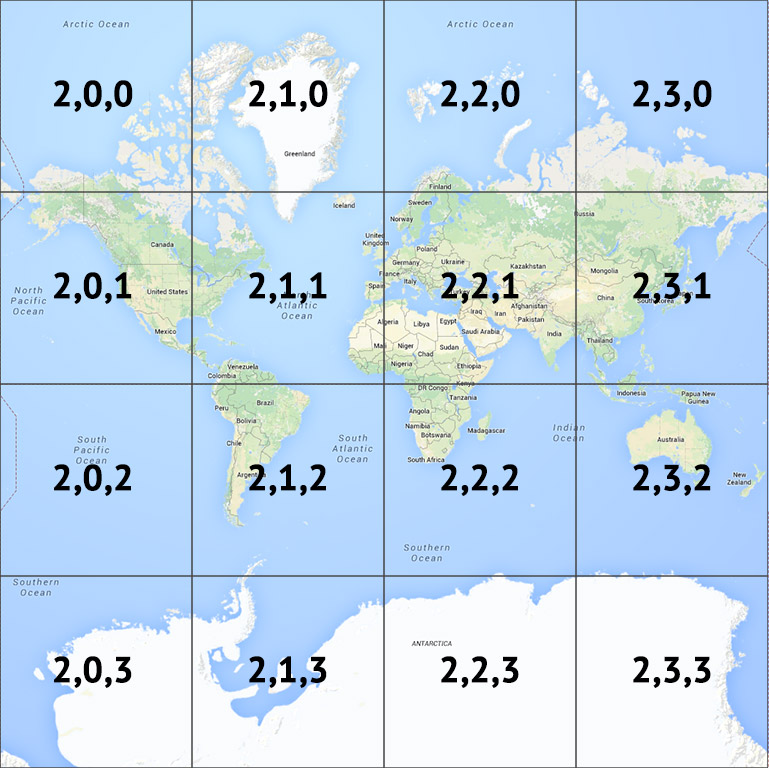

Map tiles are just images on the web
Tile Server Name
Zoom level (z)
XY pair
(Location of the tile on a global grid)
Number of tiles at zoom-level z:

Tiled web maps use the Mercator projection
Designed for marine navigation, does a good job at preserving shape and direction
The math is (relatively) simple
x = λ
y = ln(tan φ + sec φ)
where λ is longitude, φ is latitude
BUT
ln(tan 90° + sec 90°) = Infinity
SO

Zoom level ≠
Scale
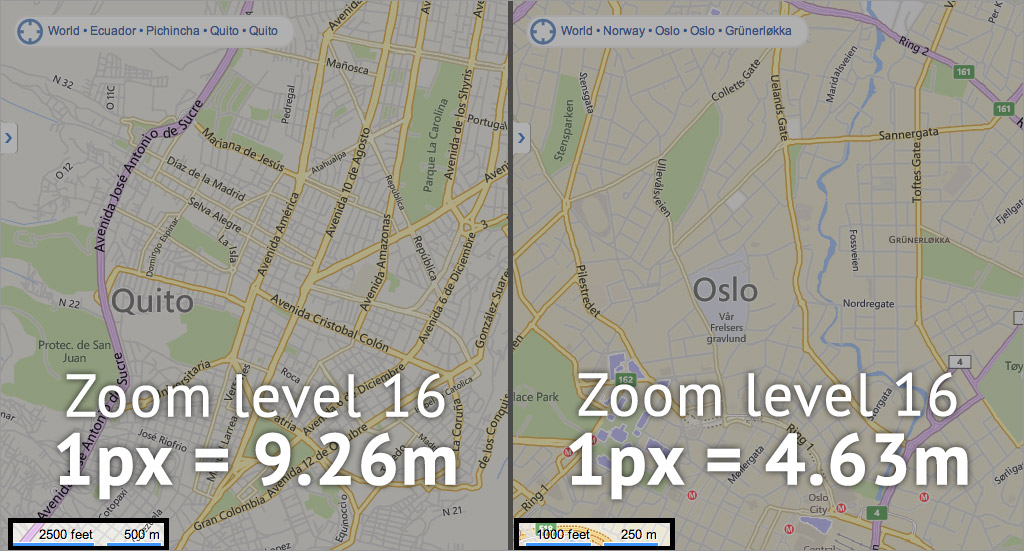
All other slippy map software followed Google's lead, using tiles as their map's base
Not surprisingly, a collection of raster tiles makes up what we call a base layer or basemap
When we layer things like markers on top of them, we call those data layers or content layers or feature layers
They are often vector layers (points, lines, or polygons) that can be made interactive (ex.click a marker and a popup appears)
Data layers:
Desktop GIS prefers shapefiles
Web maps prefer KML or GeoJSON


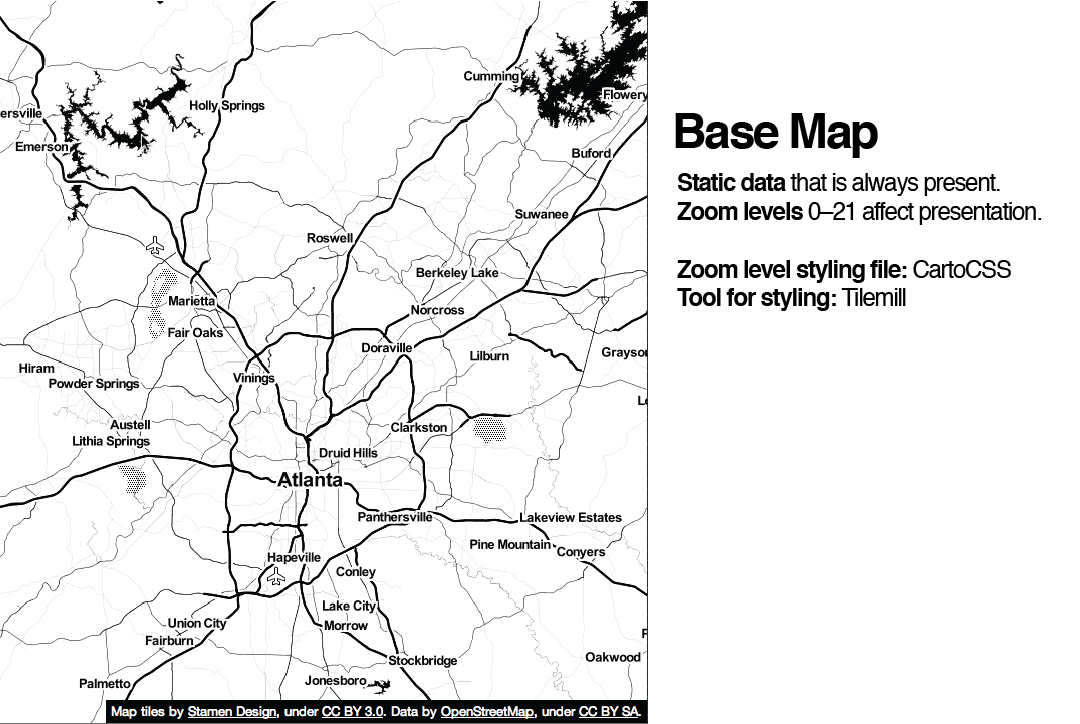
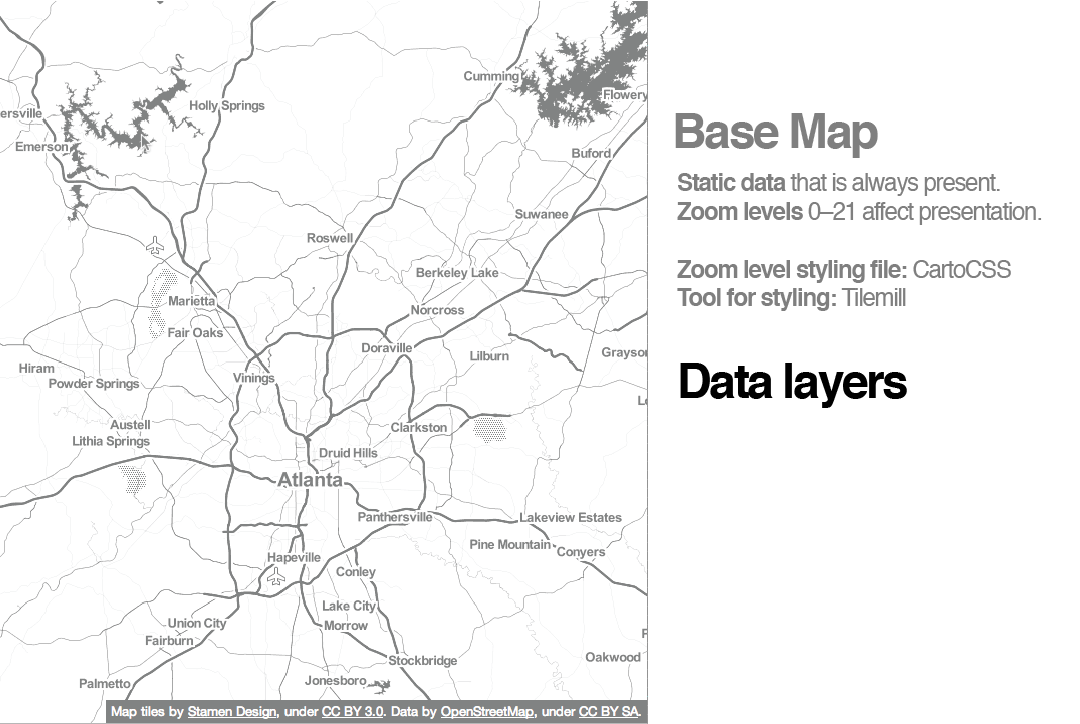
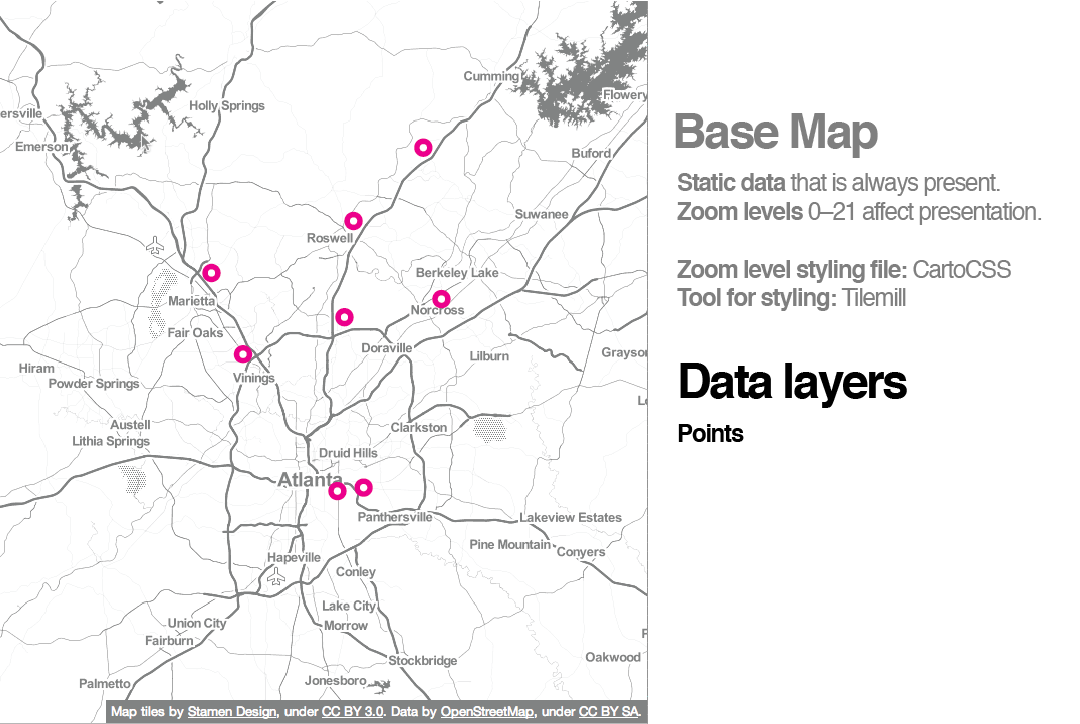

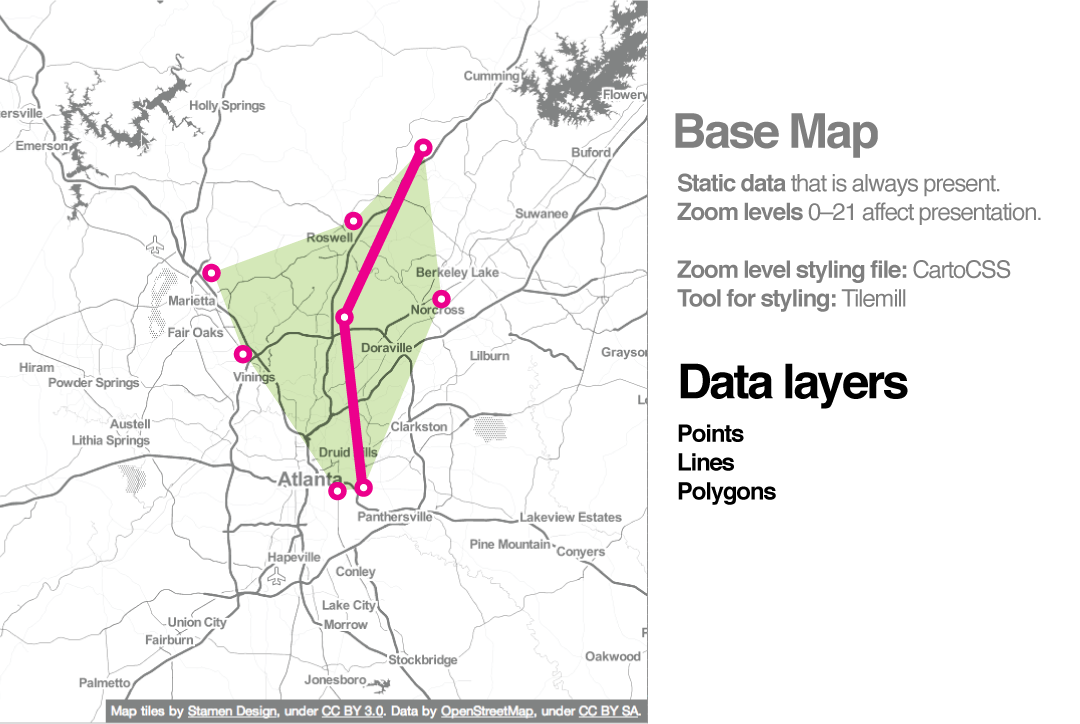
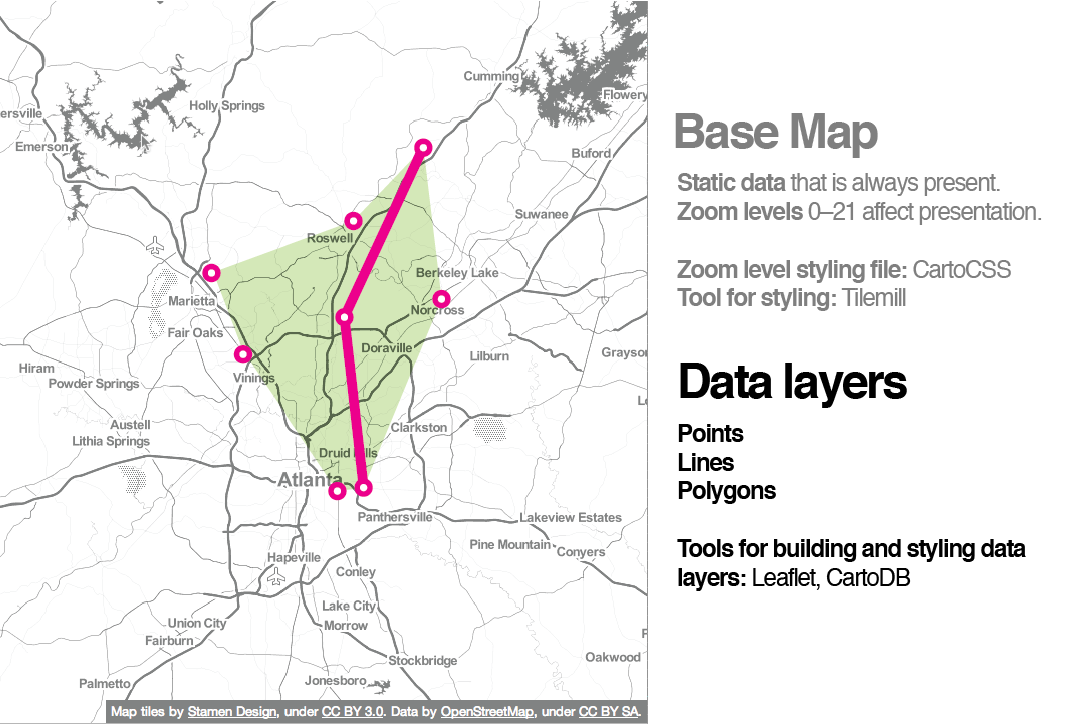
WHOA

Back to the anatomy...
<html>
<head>
<link rel="stylesheet" href="http://cdn.leafletjs.com/leaflet-0.6.4/leaflet.css" />
<script src="http://cdn.leafletjs.com/leaflet-0.6.4/leaflet.js"></script>
<style type="text/css">
#mapdiv { height: 100%; }
</style>
</head>
<body>
<div id="mapdiv"></div>
<script>
var geojsonFeature = {
"type": "Feature",
"properties": {
"name": "PARISOMA"
},
"geometry": {
"type": "Point",
"coordinates": [-122.41598, 37.77349]
}
};
var mapvar = L.map('mapdiv').setView([37.7706,-122.3782],12);
var tileLayer = L.tileLayer(
'http://{s}.tile.stamen.com/toner/{z}/{x}/{y}.jpg',
{attribution: 'Map tiles by <a href="http://stamen.com">Stamen Design</a>, under CC BY 3.0. Data by <a href="http://openstreetmap.org">OpenStreetMap</a>, under CC BY SA.'}
);
mapvar.addLayer(tileLayer);
var geojsonLayer = L.geoJson(
geojsonFeature,
{
onEachFeature: function(feature, layer)
{ layer.bindPopup(feature.properties.name);}
}
);
mapvar.addLayer(geojsonLayer);
</script>
</body>
</html>

???
Javascript library grabs tiles, adds content layers, and handles interaction
The javascript:
we recommend Leaflet, although there are others: OpenLayers(which is making a comeback) / Modest Maps /Polymaps
My head is spinning...
How do I get started on my own?
Do I need to make my own tiles?
Yes? Use TileMill or Mapbox Studio to design your own styles
Style using CartoCSS
Full control over all map elements
Literally everything
Serve the tiles by running your own tile server. For example: TileServer.php, TileStache, TileCache,
TileStream, mbtiles-server, mod_tile
More details here: Geo Platform tutorial
Do I need a content layer?
CartoDB can be a one-stop shop for all of this
What about code?
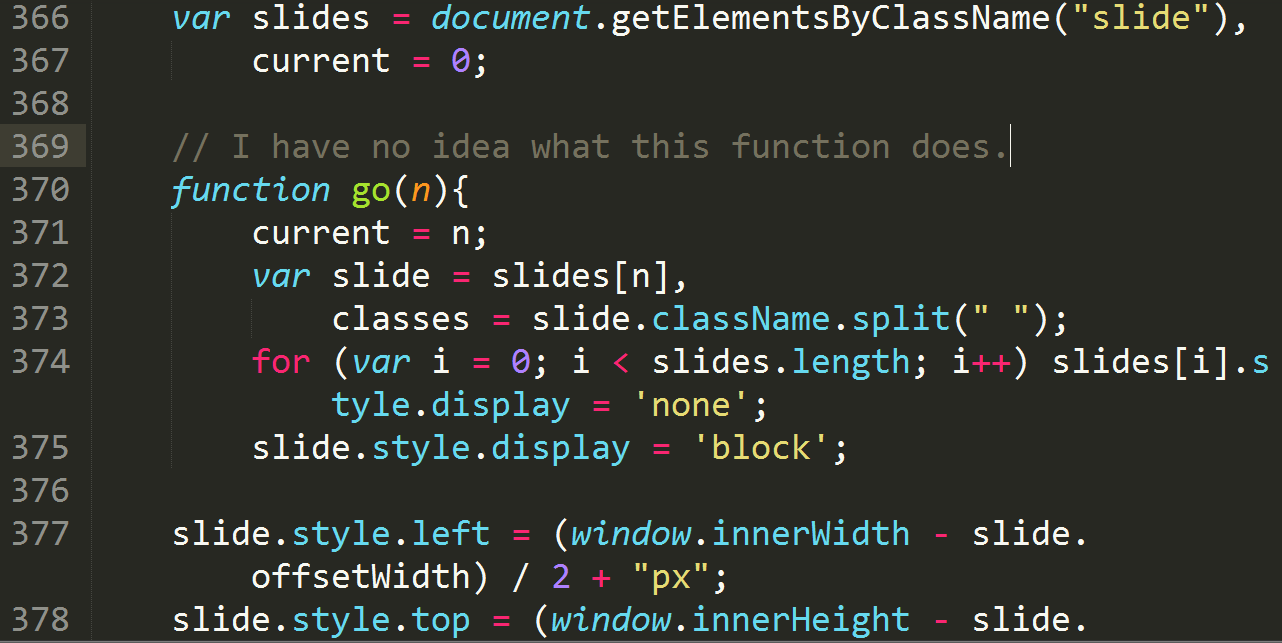
Learn Javascript here
w3schools
Codecademy
CodeSchool
Lynda.com
JavaScript.is(Sexy)
Javascript for cats
Find a text editor!
Notepad ++
Brackets
Sublime Text
Find examples, copy/paste/fork, change things
That's all! Now you can play for hours on end
Once again, let's thank
Let's make a map...
Follow along the code here
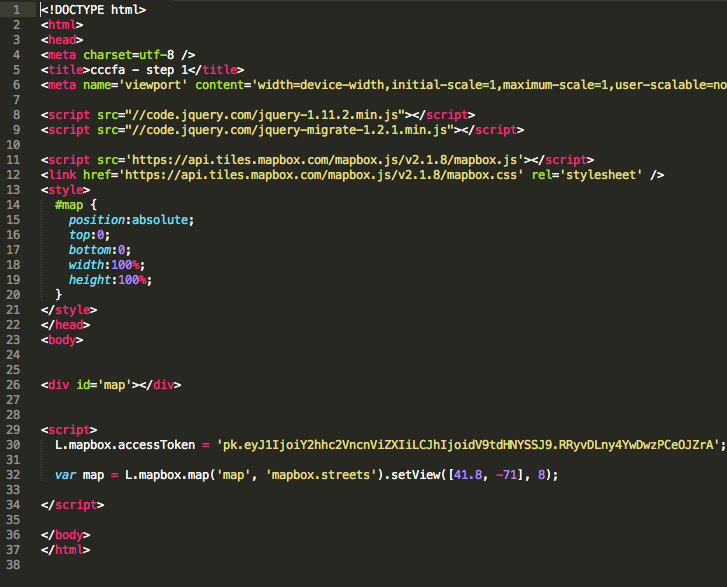
the map div
mapping library
"make a map in the div called 'map' "
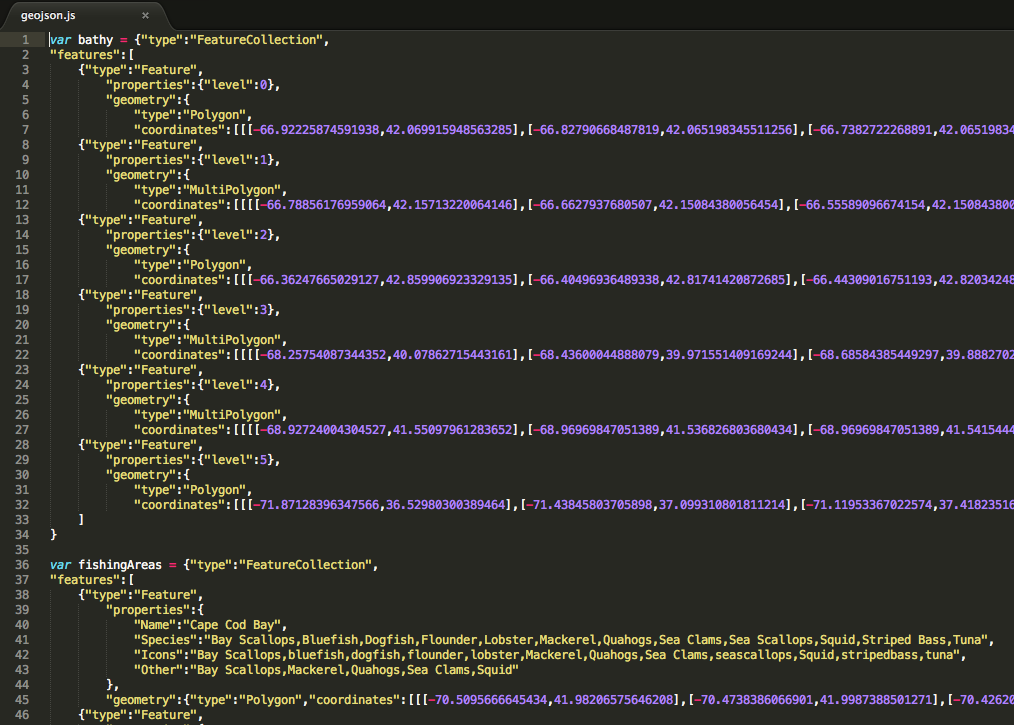
DATA!
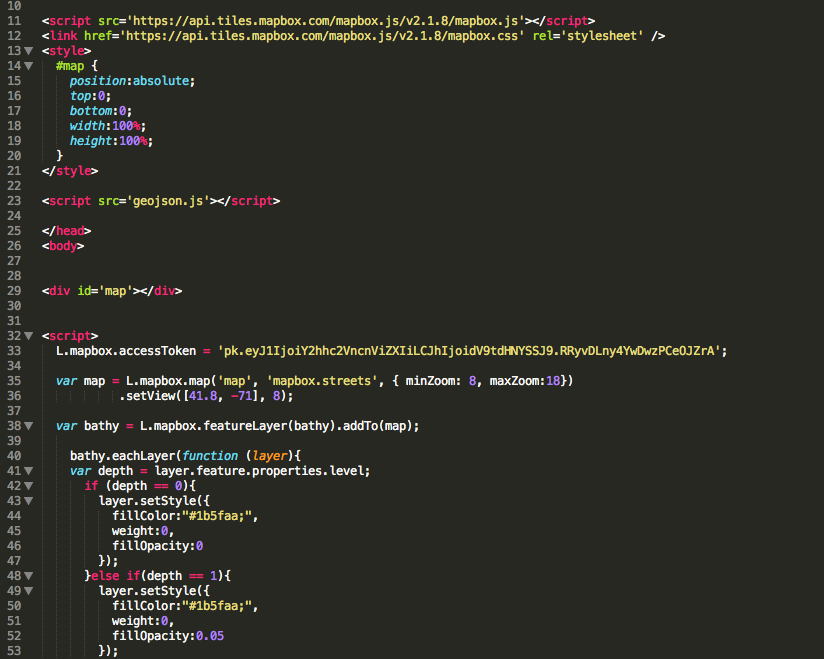
Add data
Add bathymetry geoJson to map
Style bathymetry geoJson
Restrict zoom levels
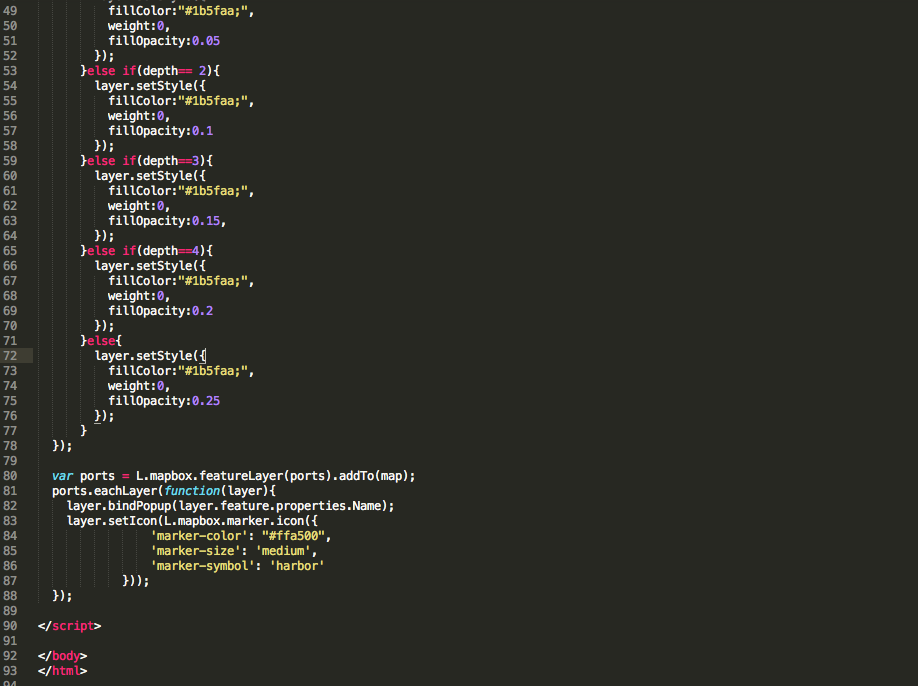
Add ports
geoJson to map
Bind popup to each feature
Set marker icon
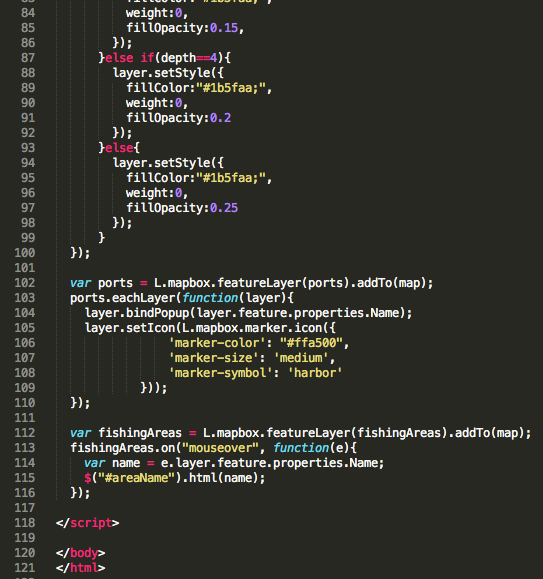
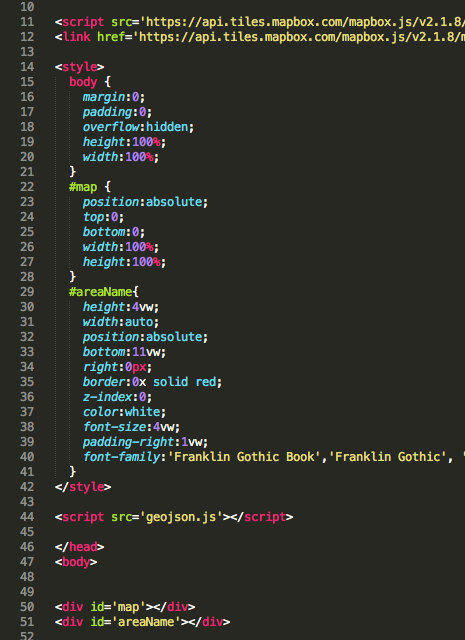
Add 'areaName' element
Add fishing areas geoJson to map
Add interaction
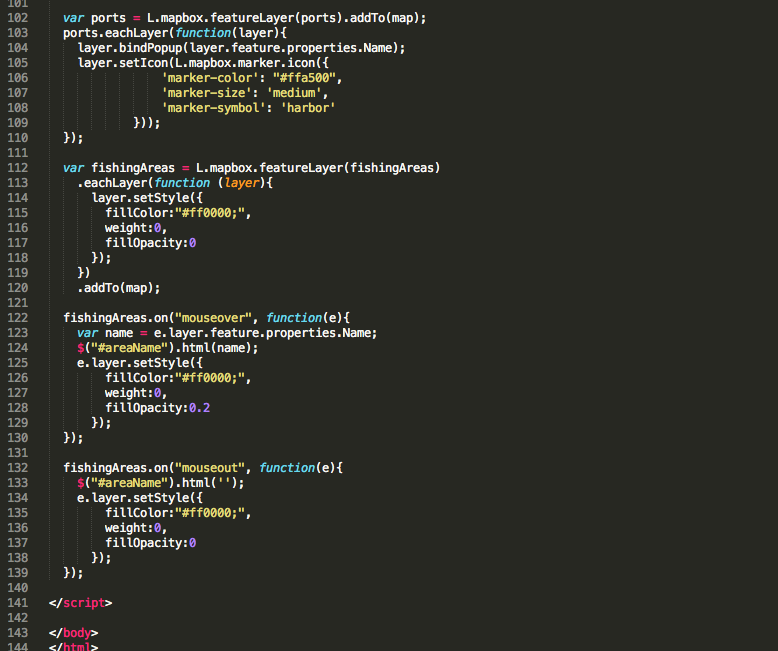
Style fishing areas transparent
When the mouse enters a fishing area, make it opaque
When the mouse leaves a fishing area, make it transparent again

Custom map tiles
Restrict map bounds (preserves map views)